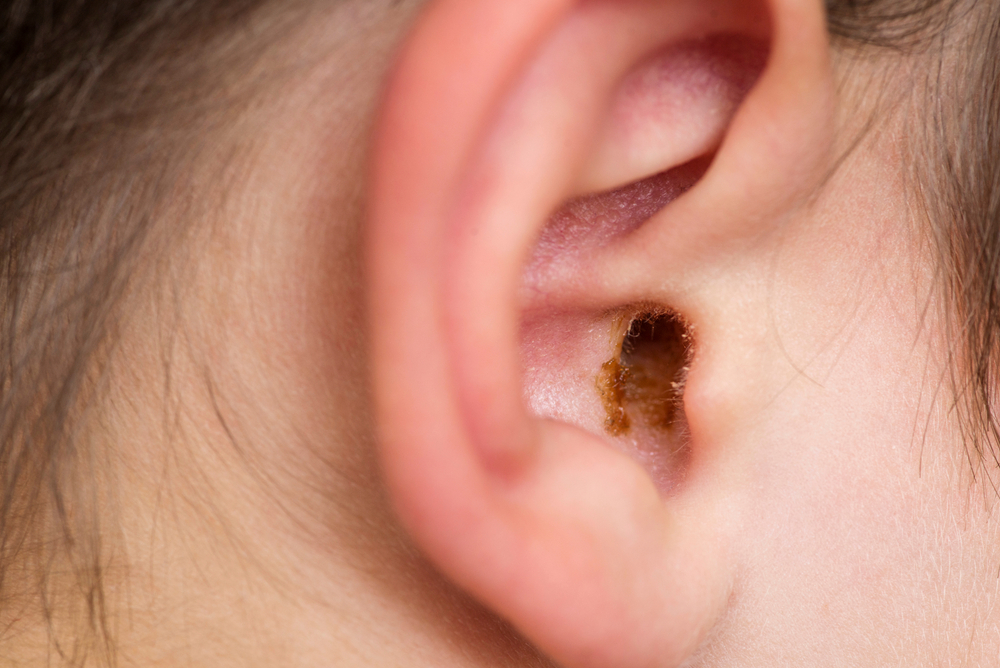
Chances are, earwax and its accumulation haven’t been subjects of extensive contemplation for you, except maybe during ear hygiene routines. Nonetheless, understanding what causes earwax, how it forms, and its purpose is crucial.
So why does earwax accumulate?
Earwax, also technically called cerumen, is made up of a mix of sweat, skin particles, hair, debris, and ceruminous gland secretions. Earwax will appear as a waxy substance that will typically be yellow, orange, brown, or even grey.
While the production amount of earwax differs from person to person, adults typically produce less earwax than children. Children also normally have softer earwax that’s lighter in color than adults.
Earwax goes by the outer ear canal naturally, ultimately reaching the ear opening, where it either self-expels or gets washed away when you bathe.
Why do we need earwax?
Earwax serves several critical functions, such as:
- Before things like dust, dirt, or other external debris get further up into the ear canal, earwax acts as a roadblock.
- Fending off potential infections that may arise within the ear canal.
- Protecting and moisturizing the skin lining the ear canal, thereby preventing dryness and itchiness.
Blockages caused by earwax
Typically, there’s no critical need to clean out earwax from your ears unless it becomes impacted, a common issue linked to earwax. In some cases, earwax is unable to easily get to the opening of the ear due to narrow or abnormally shaped ear canals.
Wax can be accidentally crammed up into the ear canal by utilizing improper cleaning practices like using cotton swabs.
Individuals wrestling with hearing loss who use earplugs or hearing aids are also susceptible to experiencing ear canal obstructions.
How is hearing impacted by excessive earwax?
Auditory health may be impeded and you may feel minor discomfort.
Ringing in the ears, or tinnitus, might also happen.
Acoustic trauma may result in long-term hearing impairment, perforated eardrums, and long-term hearing loss if earwax obstructions go ignored.
Dealing with impacted earwax
It’s essential that you contact us as soon as you can if you think your ears are blocked by earwax. Depending on the extent of the obstruction, you may be advised to make use of over-the-counter wax softening drops or a bulb syringe for delicate irrigation to alleviate the condition.
Call us right away if you need some assistance with an earwax obstruction.

